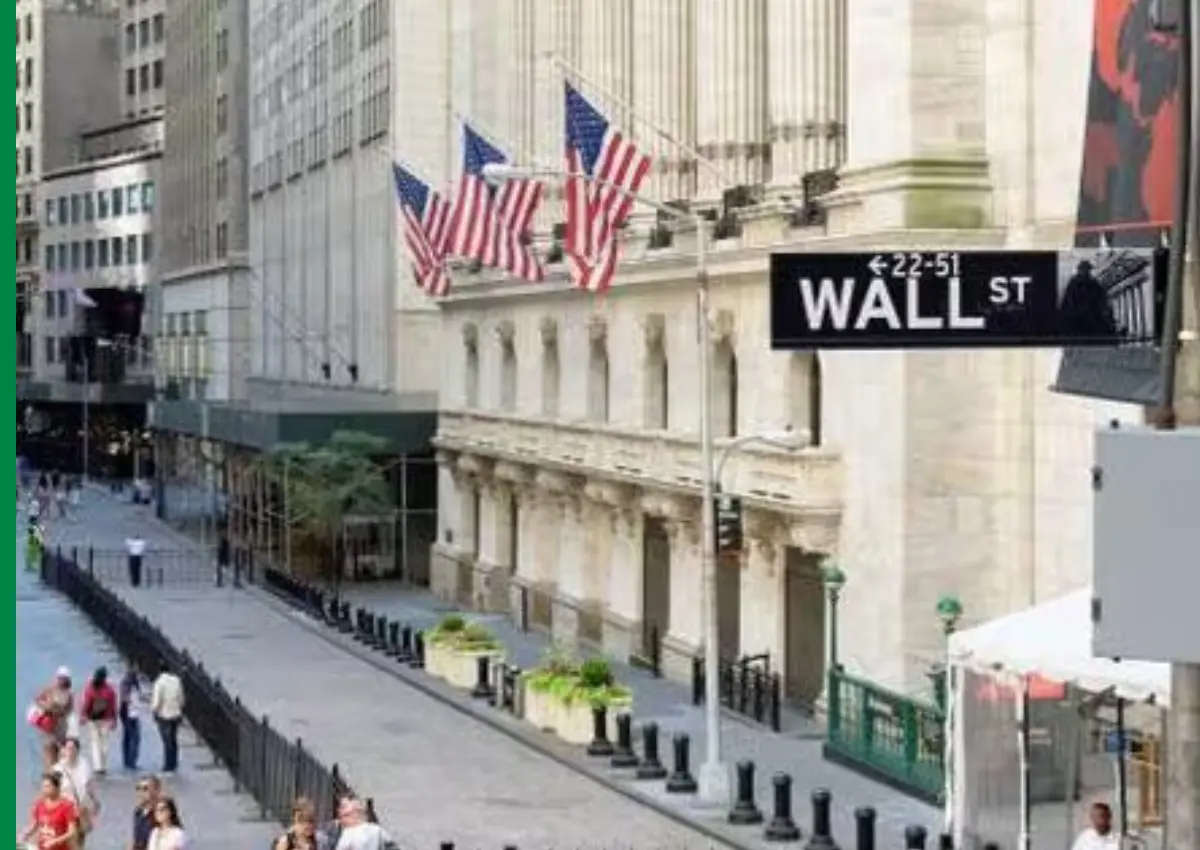In the first quarter of FY26, India biggest state-owned bank, State Bank of India (SBI), put up mixed reports even though it continued the expansion of profitability and its asset quality measures showed problems. On August 8, 2025, the banking giant stated its quarterly reporting, which is positive and where the investors and market analysts put it.
Let’s know the State Bank Of india share price!
State Bank Of India share price Financial Performance overview
The SBI has performed well when it comes to its financial performance, wherein consolidated net profit stood at 21,626.64 crores due to Q1 FY26 and is showing a healthy growth, indicating 10 percent growth year-on-year when compared to the same period in the previous financial year of 19,680.80 crores. There was also a very positive growth in profit in a sequential manner at 8.5 percent, which was compared against its references to Q4 FY25 in 19,941.39 crores.
The standalone net profit numbers were even more striking, as we had SBI reporting 19,160 crore, which, considering a 15 percent year-on-year growth, is a mammoth number, way beyond analyst expectation. The just over 16,664 crore that had comfortably surpassed a poll estimate of 16,664 crore of the CNBC-TV 18 poll showed that the bank was able to make profits even when situations were heavy in the market.
However, the majority of the increase in profitability referred to a significant increase of the other income items rather than to pure banking services. Other income came in at 17,345 crore in the quarter, up by 11,162 crore from the same quarter last year, indicating the diversification of the income at the bank, yet at the same time could be considered a warning sign towards the sustainability of the growth trends.
Core Income Challenges
Other income was high but the central banking income of SBI showed another statistic. The base earning ability, namely Net Interest Income (NII) that characterizes any banking organization, was not too much reduced and stood at 41,072 crore against 41,125 crore in Q1 FY25. This stagnant economy was especially evident since it was somewhat lower than the market anticipation of 41,650 crore as per the CNBC-TV18-Poll.
The sequential comparison also showed more worrying trends, with the NII dropping by 4 percent of the previous quarter of 42,775 crore in Q4 FY25. The decrease is a reflection of the adverse interest rate environment and the high competition within the banking industry, which has exerted pressure on the traditional lending margins.
Such a key profitability indicator of a bank as Net Interest Margins (NIMs) declined significantly by 33 basis points in the same period in 2020 to 3.02 percent against 3.35 percent in the corresponding quarter one year before. The quarterly sequential decline was also remarkable because it was down to 3.15 percent in the March quarter. This contraction was expected by industry experts so that the rate was not much less than 25-30 basis points, to about 2.85%. However, the actual numbers were more than expected, indicating that the pressure was greater in numbers.
Quality worry of assets
There was a mixed situation of the asset quality measures at SBI in the quarter. Although the overall NPA ratios were quite stable, the question of fresh slippages is a matter of concern and should be of interest to the stakeholders.
The percentage of Gross Non-Performing Assets (NPA) was 1.83% as of the end of June 2025 as compared to 1.82% as of the previous quarter. The net NPA ratio was maintained at 0.47 percent (as compared to the previous quarter of March). on the surface level, the asset quality management is not much improved.
However, a deeper analysis revealed more concerning trends in fresh slippages, which increased substantially to ₹7,945 crore from ₹4,222 crore in the previous quarter. This significant jump in fresh slippages suggests potential stress in certain loan segments and warrants careful monitoring of the bank’s credit assessment and risk management practices.
On a positive note, SBI demonstrated improved recovery capabilities with recovery and upgrades during the quarter standing at ₹3,253 crore, substantially higher than the ₹1,739 crore recorded in the previous quarter. This improvement in recovery mechanisms partially offset the impact of rising slippages and contributed to maintaining stable overall NPA ratios.
In terms of absolute numbers, net NPAs declined year-on-year by 7.6% to ₹19,908.42 crore from ₹21,554.69 crore in Q1 FY25, though they increased marginally by 1.2% on a sequential basis from ₹19,666.92 crore in the previous quarter.
Business Growth Metrics—Strong Advances and Deposit Growth
Despite margin pressures, SBI continued to demonstrate strong business growth across key segments. Wholesale bank advances grew robustly by 11.6% year-on-year, while domestic advances increased by 11% compared to the same period last year. This growth trajectory indicates healthy credit demand and the bank’s ability to expand its loan portfolio despite challenging market conditions.
On the liability side, wholesale bank deposits increased by 11.7% year-on-year, demonstrating the bank’s strong franchise and customer confidence. CASA (Current Account Savings Account) deposits, which are typically lower-cost funds for banks, grew by 8% compared to the previous year, though this growth rate was relatively modest compared to other deposit categories.
The healthy double-digit growth in both loans and deposits positions SBI well for future profitability, provided the bank can manage its cost of funds effectively and improve its net interest margins in subsequent quarters.
Market Response and Technical Analysis
The market’s immediate response to SBI’s quarterly results was mixed, with shares falling to the day’s low following the earnings announcement. At the time of reporting, SBI shares were trading 1.2% lower at ₹795.35, reflecting investor concerns about margin pressures and rising slippages despite strong profit growth.
From a technical perspective, SBI shares have been trading in a range between ₹785 and ₹835, with the stock maintaining its position above the 200-day exponential moving average. The current trading pattern suggests investors are awaiting clearer directional signals based on future quarterly performances and management commentary on strategic initiatives.
Future Outlook and Strategic Considerations
In the future, SBI has its prospects and pitfalls in the changing environment of the bank world. The long-term sustainability will depend on the success of the bank in sustaining the growth in profits in spite of core income stagnation.
One of its key areas of focus entails reducing the cost of funds, enhancing the management of asset quality, and the need to focus more on increasing non-banking revenue sources.
The recent repo rate conditions and resulting effect on banking margins will continue to have a direct role in the upcoming quarters of the SBI. The way in which the management is addressing the situation strategically, as well as the capacity and efficiency of the management to sustain healthy credit growth whilst controlling asset quality, will be the significant factors shaping the future of the bank.
The performance of State Bank of India share price regarding tackling margin pressures, managing new slippages and maintaining continuous market leadership in the Indian banking industry against the competition will be closely followed by market observers and investors.



